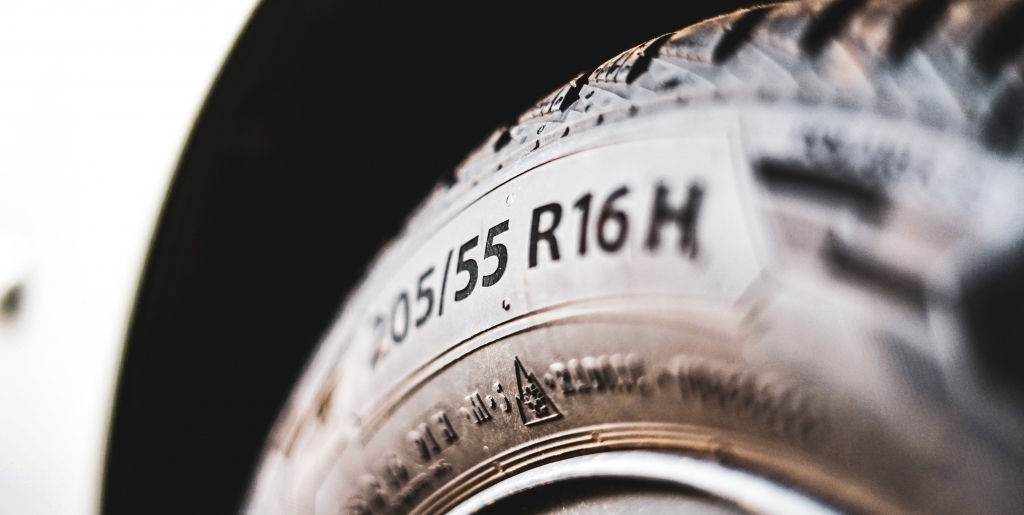Tires
For this one we’re going to go back … way back. Not sure how accurate this is, but most tire historians believe that the first wheel was invented in 3500 B.C. Some have argued for 3517, while more radical views point to 3321. We kid, but 3500 B.C. sounds fine to us so let’s roll with it.
In early forms, the wheel was fashioned out of wood. After that came leather to make the ride softer, and eventually, rubber. Rubber was integrated first in a solid form, without air, and then later with air as we are accustomed to having today. Now, tread on tires arrived in 1905. First designed to protect the carcass of the tire from the road, everything improved as soon as DuPont got involved in 1931. The famed chemical firm ushered in the use of synthetic rubber that turned the entire tire production industry into a massive money-maker.
Every five years or so something new came along regarding tires. Finnish manufacturers brought us winter tires in 1934 and the radial tire was then invented in the 1950s. Radial tires especially proved to have better fuel economy than their predecessors and provided exceptional grip on the road. The run-flat tire was fabricated in 1979, something we all appreciate today. At the time, a tire that suffered a puncture could drive up to 50 miles at 50 mph speeds without a worry in the world. Once the 2000s rolled around eco-tuning tires began to gain steam, increasing fuel savings and thus helping to protect the environment.
The largest tire company in the world is Bridgestone. Headquartered in Tokyo, Japan, Bridgestone sells passenger car and light truck tires, specialty tires and heavy truck tires. With annual revenues exceeding $27 billion, this Japanese giant is number 1 by a large margin. Michelin, the French tire-maker, is number 2, selling the same lineup but also mixing in aircraft tires and an air free concept (a non-pneumatic tire). Goodyear rounds out the top 3, an Akron, Ohio based firm that also sells aircraft tires as well as racing and RV tires.
Before going out to shop for tires, the first thing to do is determine whether you really need new tires. Checking your tire pressure, determining whether your car is pulling to one side or slipping back and forth, uneven wear and overly worn tread are the first signs that you might need a new set of tires. After examining and reviewing this, try the penny test. Abraham Lincoln’s head is your reference, and once you insert the penny in the groove of the tire, if you can see the top of Abe’s head, it’s time for a new set.
Tires don’t have an expiration date, but after five years you should review them more carefully. After eight or ten years it is likely the tire’s compounds have changed which will certainly require a replacement. Next, selecting the right type of tread for your ride is key. There is a placard located on the door pillar behind the driver’s side, and your owner’s manual will also have additional information. There is a wealth of tire buying guides online, and the choices are plentiful. It’s a serious investment, but will be fun, we promise!


Comments:
Login to leave a reply